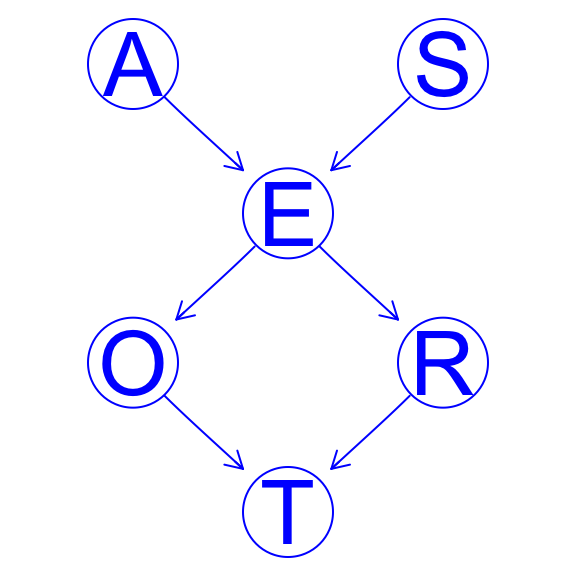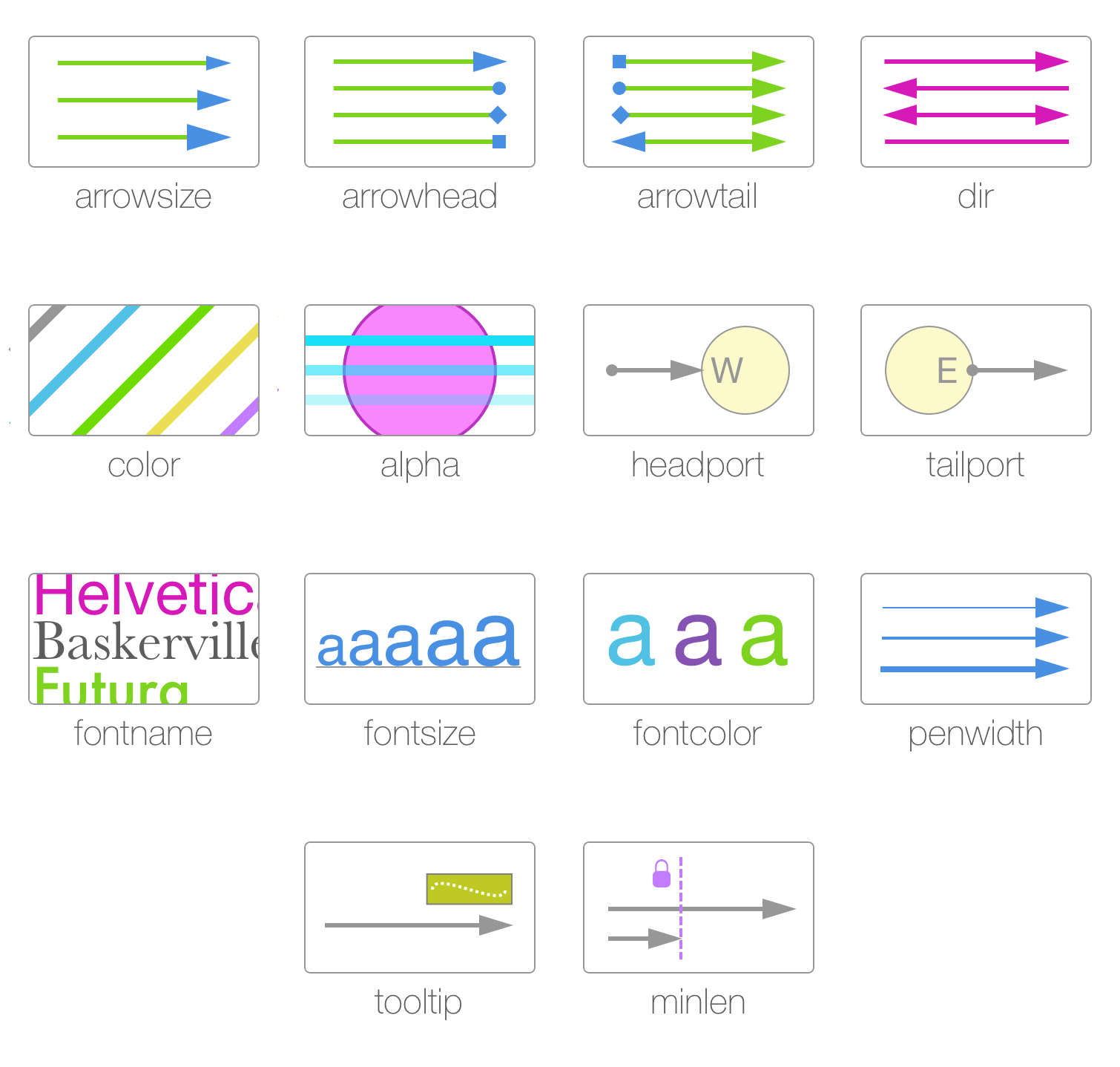
- #GRAPHVIZ TUTORIAL HOW TO#
- #GRAPHVIZ TUTORIAL INSTALL#
- #GRAPHVIZ TUTORIAL WINDOWS 10#
- #GRAPHVIZ TUTORIAL SOFTWARE#
Installation instructionsīelow are three sections that are intended for users with different levels of experience. If you find a bug or want to suggest an enhancement to the software, please report it as a GitLab issue.


#GRAPHVIZ TUTORIAL WINDOWS 10#
We are particularly interested to know if this is working well also for Windows versions other than Windows 10 and if and how the procedure differs.
#GRAPHVIZ TUTORIAL HOW TO#
Please state which operating system and which web browser you use and also which versions they have if you know how to find out. Most important is of course if something is wrong or missing, but even if it just works without any problems for you, this is good information for us and for other users. Please help us improve the new installation procedure and the instructions in this article by providing feedback as comments below. The instructions will probably be incorporated into the official documentation in some form or another at a later stage.
#GRAPHVIZ TUTORIAL INSTALL#
In this article we provide detailed instructions for how to download and install Graphviz for Windows 10 for both advanced users and users with less experience. None of the current maintainers of Graphviz are experienced Windows users and the process of finding and installing Windows binaries has been very complicated for a long time. If you define a node before this the new one you create will have all of the same attributes as the node definition.Today, we are proud to announce that we have deployed a new and easier procedure for finding and installing Windows binaries and we plan to make it even easier going forward. Creating a node is a simple as giving it a name and ending the line with a semicolon. When you make a change the file name stays the same so you get a nice file history of all your changes.Īfter you name your graph you create all of the nodes and give them attributes, and then you define the connections between the nodes. With the mediawiki extension the file is automatically uploaded to your wiki with a file name of the page name followed by digraph name-of-node and then the format of the graph, in my case dot. The code inside the tag is run through the GraphViz program which compiles the code and outputs an PNG image (or other format that you choose). There is no feedback of what the problem is so you’ll have to scour the code to find it. Also if you have any errors in your code the image will not render and you’ll be left with a blank page. Unfortunately you have to save the page to see any changes, the preview option will not render a new image. To use the extension you add your code into a pair of tags and save the page. To use with the wiki I’m using the Graphviz mediawiki extension. I’ve primarily been working with the dot framework but they also have options for a “spring model” layout, multiscale spring model, radial layouts, and circular layouts. Graphviz has a ton of documentation for configuration and organizing structures. I found it interesting that you can’t create an anchor tag, instead you add an href property to your. It gets clunky, but here is the example of one node that is a link. This lets you use HTML in the label for that node. The trick to adding links is to use a record shape in your graph. Adding these links is a little harder with Graphviz but I was able to work around it. I also wanted to be able to have people click on a section of the flow chart to be taken to the wiki page with any extra details they would need for that step. I needed a way to add our troubleshooting flow charts when we have problems with our television transmitter. Their gallery shows the vast number of options that you can utilize to better show off your data.

Graphviz is an open source graph visualization software that allows you to structure your data and display it in a number of ways. We’ve made good progress over the two years we’ve been contributing to the wiki and I made a recent discovery that makes adding troubleshooting flow charts a breeze.
#GRAPHVIZ TUTORIAL SOFTWARE#
Using the mediawiki software I setup the wiki on an intranet webserver to handle our troubleshooting and technical guides as well as a directory of our equipment. A while back I wrote about the wiki that I set up for the television station that I work at.


 0 kommentar(er)
0 kommentar(er)
